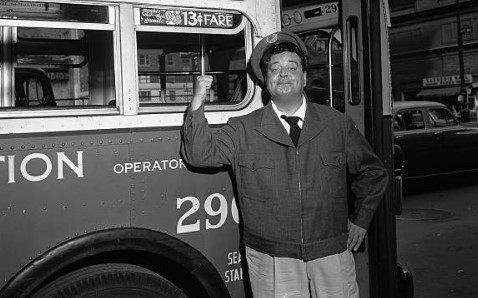
On January 27, 1961, comic actor and newly-minted game show host Jackie Gleason walked onstage at Studio 52, a CBS television facility on West 54th Street in New York City. The set was practically barren, with a chair, two small tables, an ashtray, and a lamp.
After being introduced by announcer Johnny Olson and with televion cameras trained on him, Gleason addressed the live broadcast’s viewers directly.What they had seen in that timeslot the previous week, he said, was “the biggest bomb in the history of television.”
Gleason was talking about his own series, a game show titled You’re in the Picture. And its first and only episode was so awful that Gleason felt the need to apologize for it.

You’re in the Picture was the brainchild of Don Lipp and Bob Synes, both television producers with experience in game shows, and was produced by Steve Carlin, who also had experience—though perhaps not the kind that looks good on a resume. Carlin was at the center of the quiz show scandals of the 1950s, when contestants confessed to being fed answers or asked to throw games on The $64,000 Question.
The idea was simple, and that was part of the problem: In You’re in the Picture, a panel of celebrities would be tasked with sticking their heads through a large tableau that they couldn’t see and then ask questions of the host in an attempt to identify their situation. It was similar to the kind of muscle and bikini images left on display at Coney Island, where people would have their pictures taken. The dynamic would allow for the host to toss jokes around in a manner similar to Groucho Marx, the film star who went on to great success as host of You Bet Your Life.

Both the producers and CBS had their star in mind: Jackie Gleason. The actor had become a household name thanks to The Honeymooners, the sitcom that ran for only a single season in 1955 and 1956 but managed to remain memorable in the years and decades to come. Gleason, a savvy businessman, had the foresight to film the comedy using the Electronicam, a method for preserving television programs that was uncommon in the 1950s. It allowed him to later sell the show to MCA, who could syndicate the clean and sharp footage. (Gleason got $2 million, a bargain for MCA, which reaped millions from the series.)
